Your Complete Guide To Grampians National Park, Australia
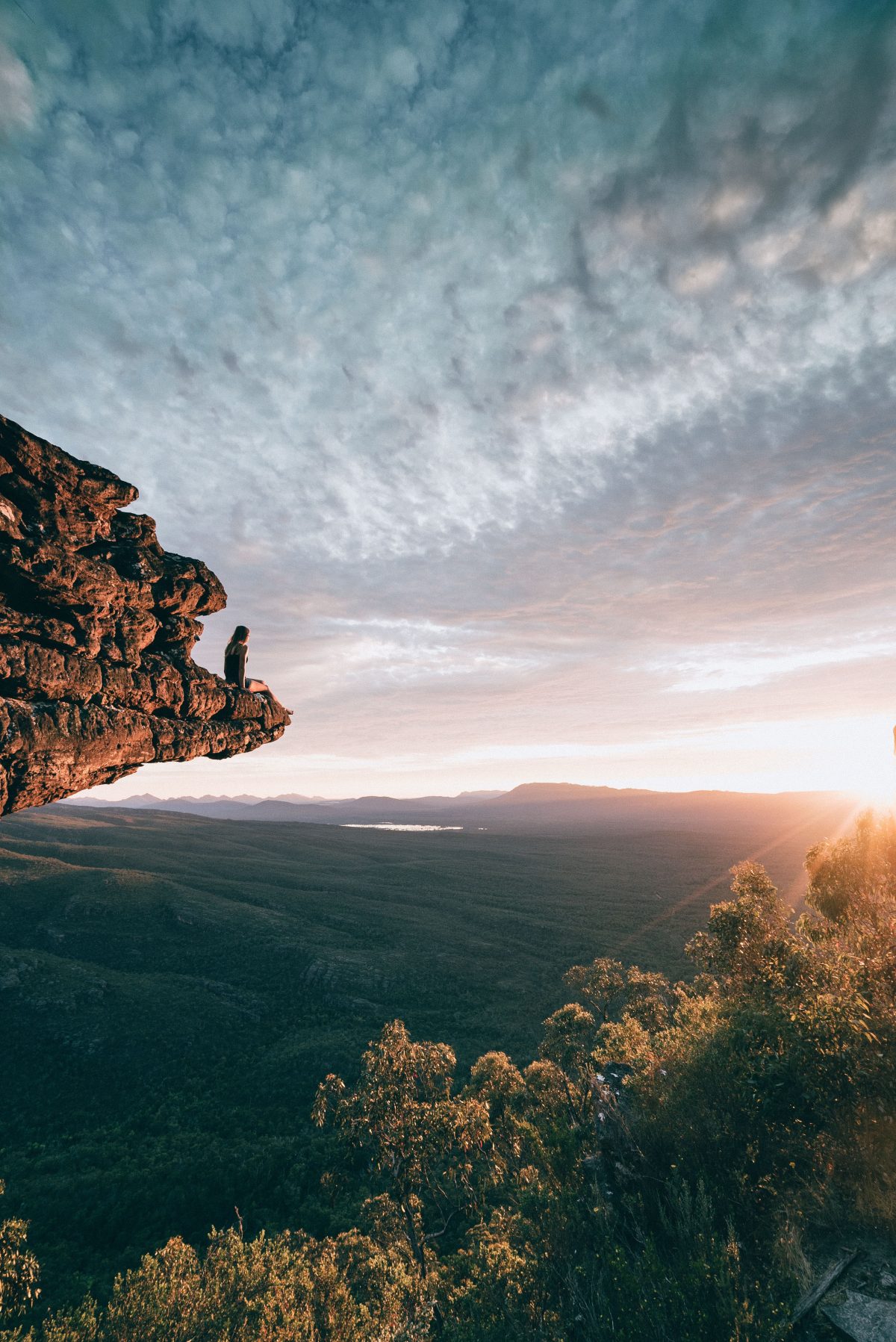
Australia has some of the most stunning natural landscape in the world. And best of all, you don’t have to go far outside of the cities to find something beautiful. The Grampians National Park is one of the most popular holiday destinations in Victoria. It’s the perfect place to enjoy nature and some of the best outdoor activities available. So, if you’re ready to explore the soaring cliffs and ancient stone of this land, then it’s time to make a visit to this national park.
What Is The Grampians National Park?
The Grampians National Park is located in Victoria, just a few hours west of Melbourne. It’s one of the most popular national parks in Australia because of its varied landscape and wildlife. The park is based around the Grampians, a series of sandstone mountain ranges that are surrounded by forest. The park has the perfect landscapes for all kinds of outdoor activities including climbing, camping, and nature studies.
The Grampians National Park contains a variety of native Australian animal species, wildflowers, and historic Aboriginal sites. There’s also a tourist village in the centre known as Halls Gap. Here you can find lots of places to stay, eat, and shop while you’re in the area.
How To Get There
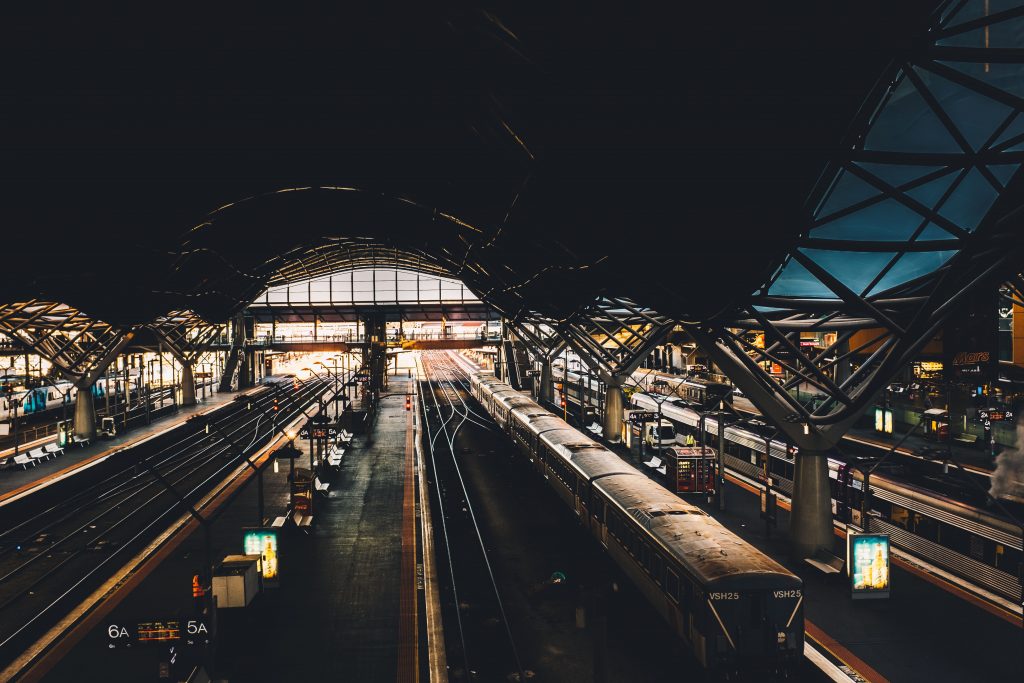
Photo by Hangah Liong on Unsplash
The Grampians National Park is about a three-hour drive west of Melbourne. There are several different ways to get there. If you go by car then the journey will take you around 2 hours and 45 minutes. Go west along the West Gate Freeway and take the Western Ring Road Exit. From there, take the Western Freeway exit and keep going. Pass through the town of Beaufort and turn off the highway in the town of Ararat onto the Ararat-Halls Gap Road. From there, turn left at the T-junction onto Grampians Road and you will soon find yourself in the centre of Halls Gap.
You can also get to the Grampians National Park by public transport. Catch the V/Line train from Melbourne’s Southern Cross Station to Ararat Station, a journey of about 2 hours and 30 minutes. From there, catch the Warrnambool bus and get off at Halls Gap. You can also join a tour and let them organise the transport for you.
The Best Time To Visit The Grampians National Park
The Grampians National Park is ideally located so that it enjoys nice weather in every season. This doesn’t mean that you won’t encounter bad weather during your trip, just that there’s a reason to visit there at every time of year. The hottest months of the year are between December and February with highs around 86.8°F (30.4°C) and lows around 56.4°F (13.6°C). The coldest months are between June and August with highs around 55°F (13°C) and lows around 39°F (4°C). Winter is the wettest time of the year and you can expect a lot of rain during these months.
The Grampians National Park is beautiful at every time of year. Here are just some of the attractions you will experience in each season:
Summer
Summer can be hot in the Grampians, so it can be the least pleasant season to visit. However, if you find Melbourne sweltering, then head out to the park to swim in lakes and waterfalls. The weather is usually clear and bright in summer, so you’ll also get the most stunning photographs of the bluest sky you’ve ever seen at this time of year.
Autumn
In the autumn, weather in the Grampians National Park is cool, crisp, and comfortable. This is ideal for outdoor activities. It’s also a great time to visit the local wine regions and stock up on your winter tipple.
Winter
Winter can be cold and rainy in the park, but the weather makes for dramatic waterfalls that are bloated with fast-moving water. It’s also a great time for hiking and for exploring the park in relative peace, without the crowds you get in more popular seasons. If you head over to Mount William, the highest point in the park, you may also get to see the Australian landscape covered in snow.
Spring
Spring in the Grampians is the best time to see wildlife and wildflowers blooming over the fertile land. The weather is nice, warm without being cool, which makes it a great time for outdoor activities too.
Tickets And Opening Hours
There are no fees for entering the Grampians National Park, so you can just show up and enjoy. The park is always open because it’s very difficult to close such a massive natural area when it doesn’t have fences.
However, if you want to get the most from the park, then you should visit the Brambuk – The National Park and Cultural Centre before you start exploring. In this centre you can learn about all the activities available, explore the culture and history of the area, and get advice about potential dangers. You can also book a tour or find out about available accommodation options. The centre is open daily from 9am to 5pm every day except Christmas Day.
The Pinnacle Lookout
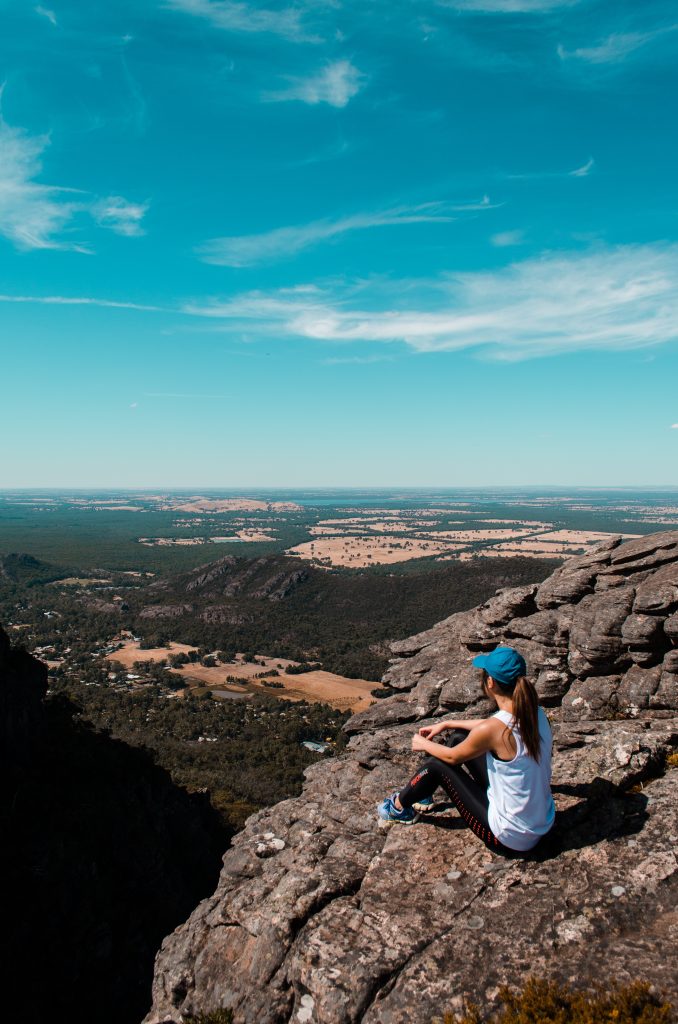
Photo by Linda Xu on Unsplash
The Pinnacle offers the best views in the Grampian National Park. It’s one of the highest points in the park and you can see for miles to the east, which is why sunrise is the absolute best time to visit. But even if you aren’t up at this time of day, the views are still worth the walk.
Getting to the Pinnacle is relatively simple, but not easy. You have to hike from the Wonderland carpark, and you’ll need a moderate level of fitness and agility. The hike is clearly marked and 5.5 kilometres round trip. You’ll have to scramble over rocks and steps along the way, so be prepared for a workout.
Brambuk Cultural Centre
You won’t understand the Grampians National Park and its history unless you visit the cultural centre. It boasts displays on the heritage of the region and the secrets behind the natural landscape. This includes the very long Aboriginal history and what the area meant to the tribes who once lived in it.
The cultural centre is located south of Halls Gap tourist town and it also includes a café and a theatre. If you’re looking to hire a guide for your visit, this is where you can do it. A particularly popular tour is the bush tucker walk, where you get to experience food from the land with an experienced guide.
Go Camping
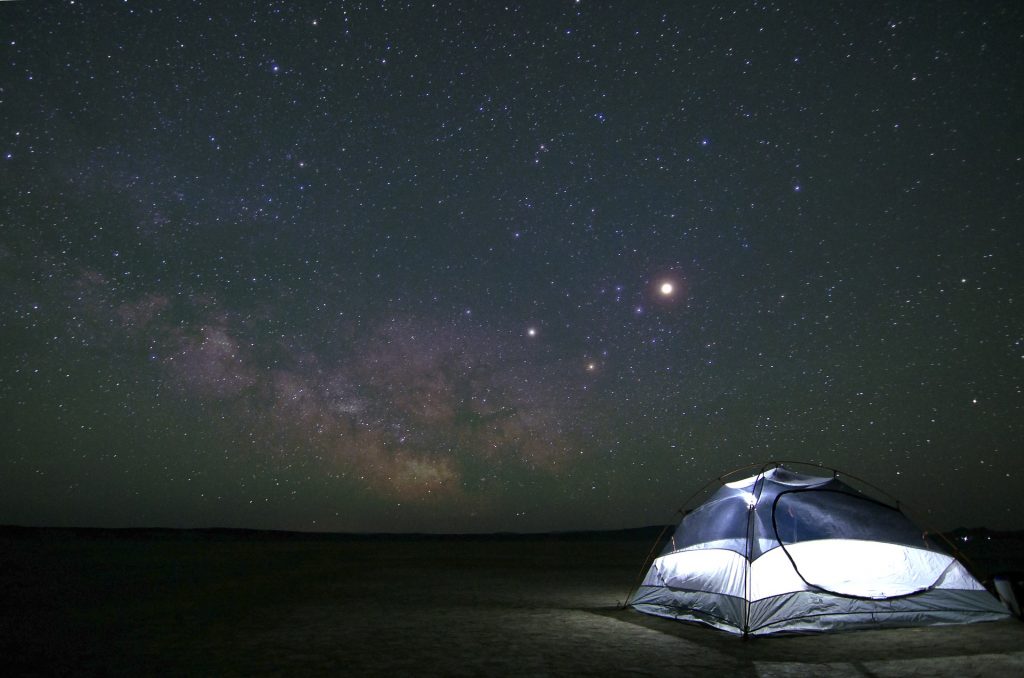
Image by Pexels from Pixabay
There are lots of places to stay in the Grampians National Park. If you prefer a bit of luxury, try the Halls Gap Lakeside Tourist Park, where you can stay in luxury tents and have all the amenities at your fingertips. The tourist park contains a heated swimming pool and is home to lots of native animals like emus, kangaroos, and birds too.
If you prefer to rough it a little, then try one of the other vehicle accessible campsites. There are eight in the park and they all include basic facilities like pit toilets, fireplaces, and picnic tables. If you’re a bushwalker and a little more self-sufficient, there are also three hiker camps with pit toilets and basic facilities.
The Balconies
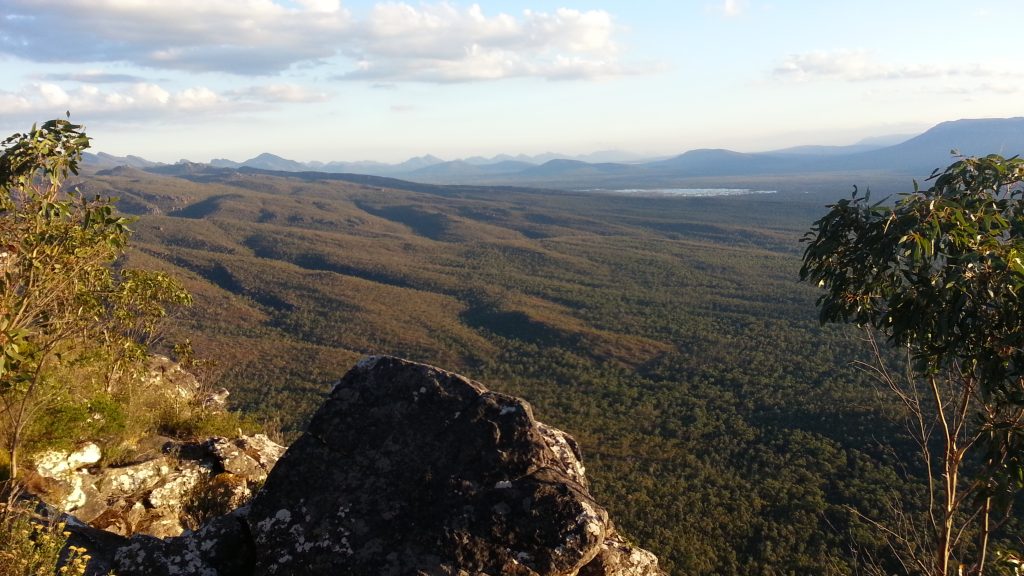
By Khlim28 – Own work, CC BY-SA 4.0,
The Balconies in Grampians National Park are simply spectacular. Between the incredible and Instagram-worthy rock formations to the views, this attraction is worth putting on your bucket list.
It’s a fairly easy hike to the Balconies. It starts in the Reed’s Lookout carpark and curves through rocks and a stringybark forest for about 1 kilometre. The grade is easy, with only a slight slope. And once you get up there, you’ll be treated to panoramic views over Victoria Valley.
Go Rock Climbing
The Grampians National Park is famous for its rock climbing. This is where adrenalin junkies go to test their bodies against the harsh Australian landscape. More than 60 percent of the park is open for climbers, with popular spots at Halls Gap Valley, Mount Stapylton Amphitheater, Bundaleer, The Watch Tower, and the Wonderland Area.
If you’re experienced, then you can climb on your own, or go with a trained, experienced professional. Just make sure that you don’t damage the natural landscape while you’re there. There has been a lot of controversies lately about climbers damaging rocks, vegetation, and Aboriginal artwork. So, be aware of the possibility and respectful of the land.
MacKenzie Falls
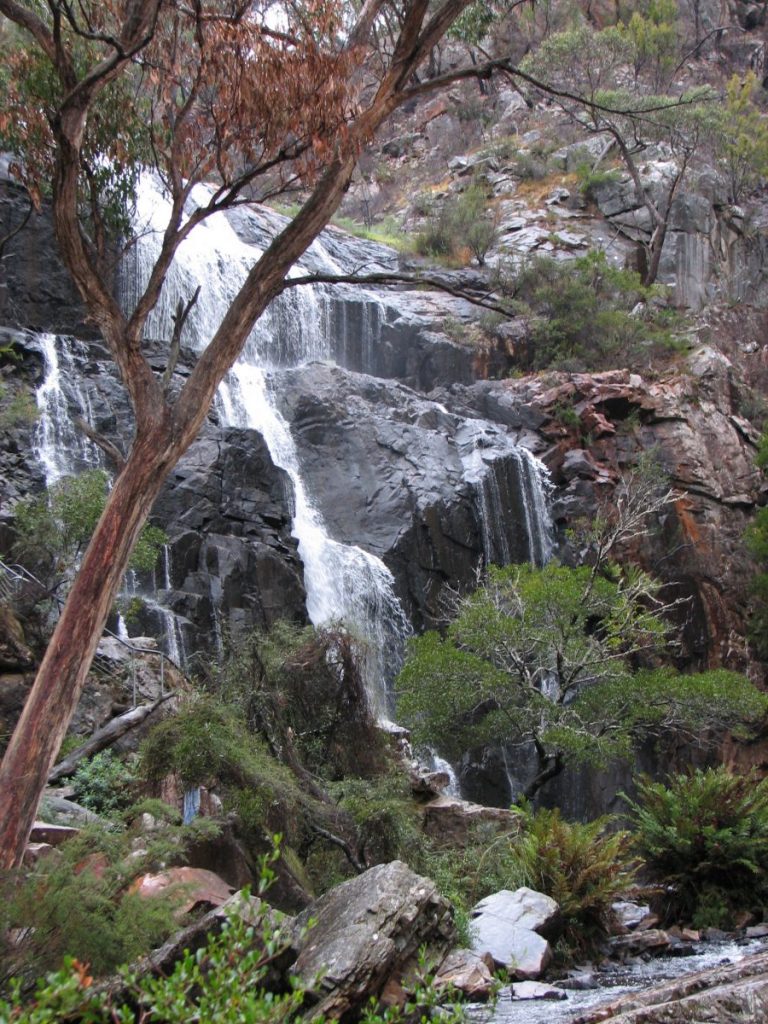
By edwin.11 – MacKenzie Falls at the Grampians, CC BY 2.0,
The MacKenzie Falls are beautiful, popular with visitors, and surrounded by interesting features. You can walk there from Zumsteins, a 3.5-kilometre hike, or park your car in the MacKenzie’s Falls carpark. From there, the falls are less than a kilometre away.
The falls flow year-round and are one of the largest in Victoria. Unfortunately, you can’t swim there, but if you head downstream then you’ll find lots of water pools where you can take a dip. The falls can get very crowded, so get there early or late to enjoy it in relative peace.
Fish Falls
The Fish Falls are a little known but stunning attraction in the Grampians National Park. The falls cascade 60 meters over terraced rocks into a lower level pool and flow year-round. It’s the perfect place to enjoy a picnic without the crowds.
To find the Fish Falls, park in the Zumsteims car park and follow the MacKenzie River upstream. This is a 2.3-kilometre medium grade walk that offers beautiful river views along the way. Once you reach the park you can have a soak, settle down for a picnic, or take pictures of the view from the top of the falls.
Visit Aboriginal Art And Cultural Sites
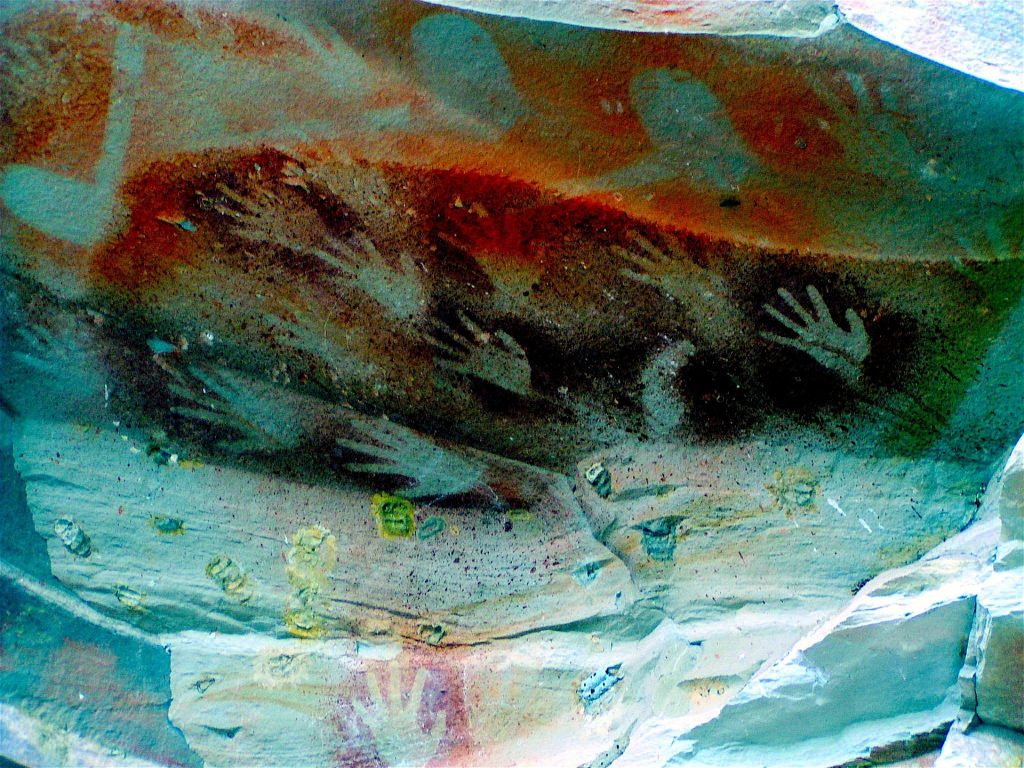
Image by Siggy Nowak from Pixabay
If you enjoy history, then you should check out the Aboriginal art sites in the Grampians National Park. Aboriginal clans have been connected to this area for thousands of years, and it was the heart of Aboriginal culture in Victoria. That’s why 80 percent of Victoria’s total rock art sites are located in the national park.
One of the most interesting sites to explore is Bunjil’s Shelter, which is near Stawell. According to Aboriginal legends, Bunjil was a hero who created and protected the natural world. At Bunjil’s Shelter, he’s depicted in red and white pigment with his two dingo helpers. Some other popular Aboriginal sites that you can see in the Grampians National Park are the Ngamadjidj Shelter and Gulgurn Manja.
Lake Bellfield
If you enjoy the water, then there are a lot of lakes and waterholes in the Grampians National Park where you can swim and do other activities. Lake Bellfield is one of the most popular, and for good reason. It’s right above the Halls Gap Lakeside Tourist Park and was built in the early sixties. Now it offers some of the best water activities in Victoria.
Powered watercraft aren’t allowed on the lake, but you can do almost anything else there. Go fishing, swimming, kayaking, or just hang out and enjoy the quiet surroundings. If you do go fishing, make sure that you get a fishing license first, and be prepared to catch yourself a delicious feed.
Halls Gap Zoo
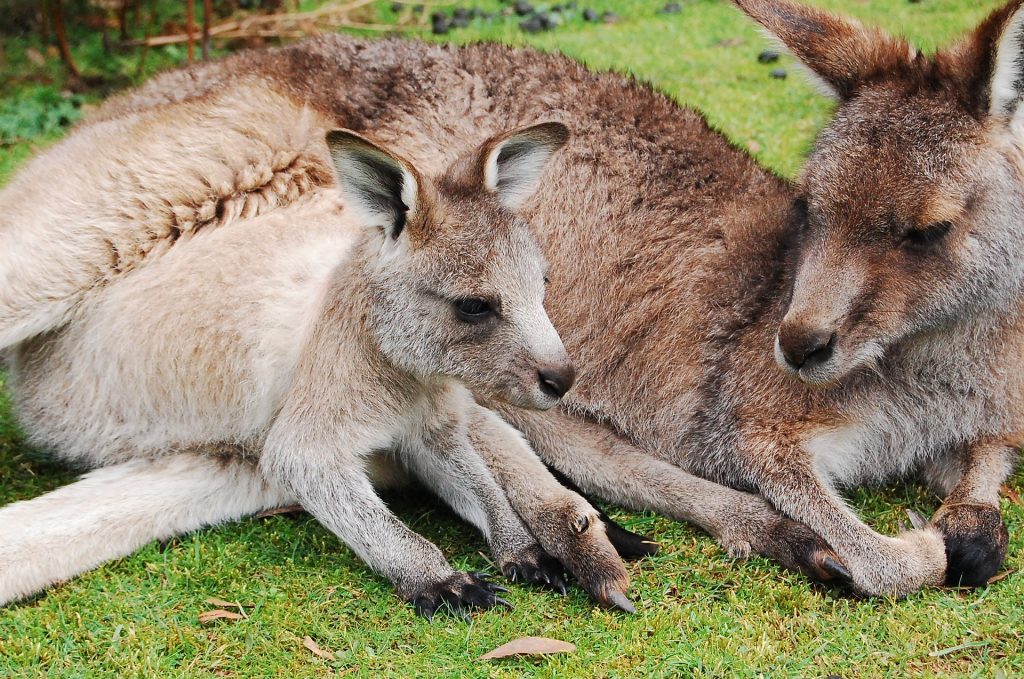
Image by LoneWombatMedia from Pixabay
If you want to see Australian animals close up, then visit the Halls Gap Zoo. Located in the tourist town in the centre of the Grampians National Park, this zoo contains more than 140 exotic and native animals. This includes bison, monkeys, pandas, kangaroos, meerkats, wombats, possums, and a variety of snakes.
Like most zoos these days, this one runs breeding programs to protect endangered species. You can take part in a range of activities there. If you’re in the right place at the right time, you may be able to feed some of the animals and even pet a non-venomous snake.
You can’t visit amazing places in Australia without experiencing some of the country’s famous natural landscape. And once you spend some time at the Grampians National Park, you’ll start to understand the power and the beauty of this ancient land.

